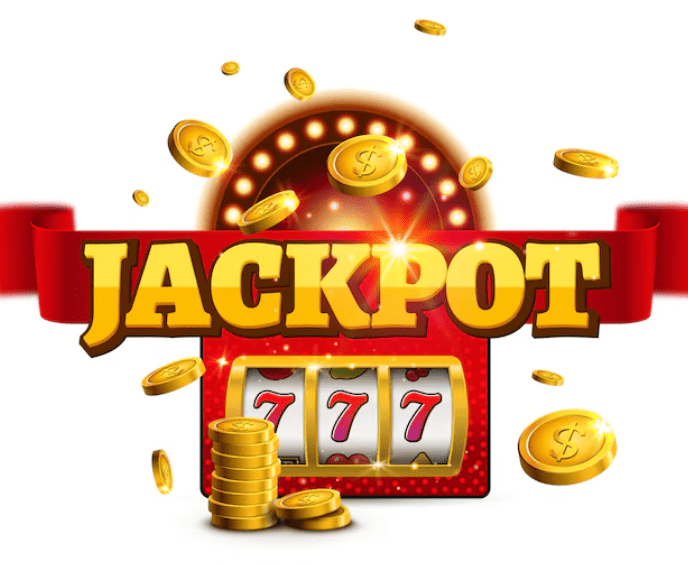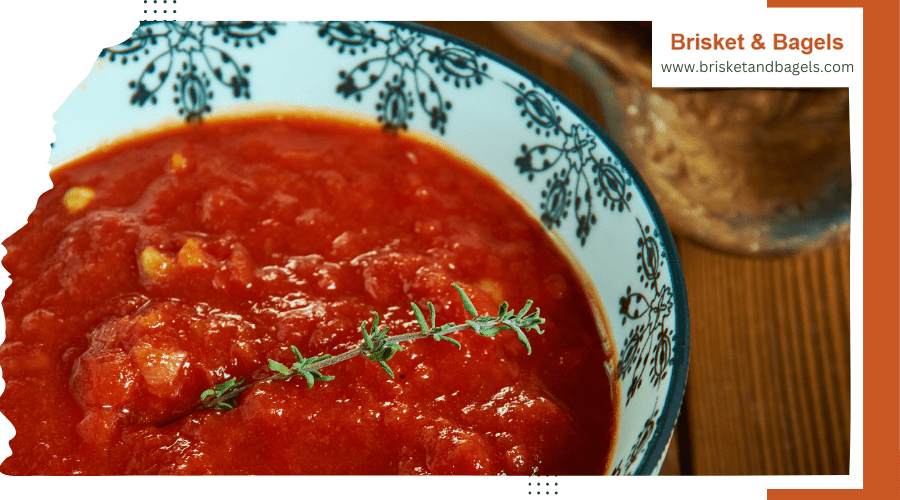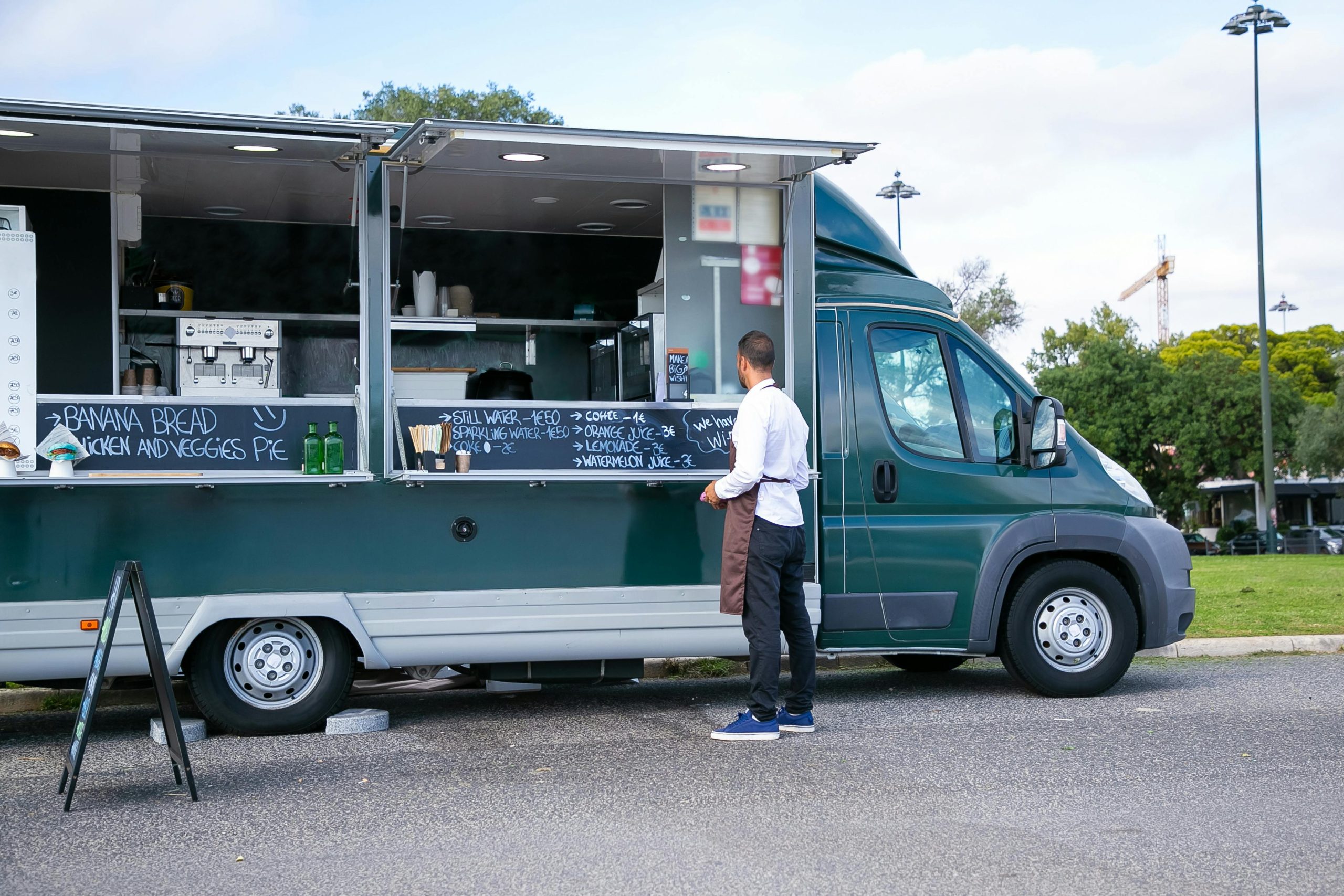How to Value a Restaurant for Sale: A Realistic Guide for Buyers and Sellers

Valuing a restaurant isn't just about pulling a number out of thin air. It requires a grounded understanding of both the business and the market it operates in. In this article, we’ll walk through the two main ways professionals estimate restaurant value, and why a blend of both might give the clearest picture. If you Google “how to value a restaurant for sale,” you’ll find endless tips and templates. To cut through the noise and get a practical and sober assessment of what a restaurant is truly worth, we turned to Nielsen Valuation Texas.
A Look Around: The Market Method
The market method is one of the most straightforward and widely used approaches, especially for small or underperforming restaurants. Instead of looking inward at profits or assets, it simply asks: What have similar restaurants in this area sold for recently?
Its biggest strength lies in its simplicity. It’s rooted in actual deals, which gives it a real-world relevance that other methods sometimes lack. If comparable sales data is available and recent, the market method can be incredibly effective.
But that’s the catch: the data must be clean, timely, and accurate. Outliers, like unusually high sale prices due to brand prestige or unusually low ones due to distress sales, must be weeded out. Often there’s simply not enough data.
This method works best in areas where restaurants frequently change hands, such as booming districts of Austin, Houston, or Dallas. In small towns where sales are rarer, the numbers can be too sparse to draw conclusions.
Treat It Like a Business: The Income and Asset Approaches
Every restaurant can be valued like a proper business. That means looking at income potential and assets - two approaches that professionals often combine for a more complete picture. This approach is often used for larger restaurants, restaurant chains and franchises where the actual business needs to be assessed.
Income Approach: Show Me the Money
This approach estimates value based on how much profit the restaurant makes, and how risky those earnings are. The basic idea is simple: a restaurant that consistently makes money is worth more than one that doesn’t.
Two main techniques fall under this umbrella:
- Capitalization of earnings: Best for stable, mature businesses with consistent profits.
- Discounted cash flow (DCF): Used for newer, growth-focused restaurants with future projections. This method is much more speculative.
This approach makes the most sense for profitable businesses with reliable financials, like a family-owned steakhouse in Fort Worth with a loyal customer base.
Asset Approach: What’s It All Worth?
This method tallies up what the business owns (kitchen equipment, furniture, property, etc.), subtracts what it owes, and calculates the net value.
The twist? You need to use market value, not book value. A pizza oven bought ten years ago might still have plenty of life in it, but if it’s fully depreciated on paper, it might show up as worthless unless adjusted.
Asset valuation in restaurant valuation is especially helpful for restaurants with valuable equipment or property but limited profitability. Think of a struggling BBQ joint in a high-traffic corner lot of San Antonio. Its value may lie more in its assets, including property, than its sales.
In most cases the asset approach and the approach are used together to tell the full story.
Blending Approaches: The Best of Both Worlds
Given the strengths and weaknesses of each method, it’s common practice to either combine or weight them to arrive at a more balanced valuation. But there’s an important distinction between the two. Weighting involves assigning percentages to different valuation approaches. For example, applying 70% of the value from the income approach and 30% from the asset approach. Combining, on the other hand, might mean adding the net asset value directly to an income-based valuation, which is often done in asset-heavy businesses with steady earnings.
Sometimes It’s All About the Location
In certain situations, the restaurant’s location overshadows everything else.
Let’s say you’re evaluating a small, underperforming taco spot in downtown Dallas. The business itself isn’t making much, but the real estate it sits on is hot property. In this case, buyers may disregard the business altogether. They want the location, and they’ll likely gut the space and start fresh. Compare that to a sleepy café in a rural Texas town. The land might be cheap, and if the restaurant isn’t turning a profit, the valuation sinks fast.
A Critical Step: Normalize Before You Value
Before diving into any valuation formula, one step separates a quick guess from a credible valuation: normalizing the financials.
It sounds technical, but it’s simple in principle. You must adjust the income statements and balance sheet so they reflect the restaurant’s true economic performance, not just what’s on paper.
For example, owners often underpay themselves to keep costs low, or they book personal expenses through the business. These quirks must be adjusted to understand what the restaurant would look like under normal conditions.
If you're using the income approach, normalize the P&L. If you're applying the asset method, adjust the balance sheet. And if you're blending both? Normalize everything.
As Nielsen Valuation Texas put it: "Anyone can run a formula. But quality valuation comes from understanding what data belongs in the formula, and what doesn’t."
Final Thoughts
Whether you're selling a food truck in Lubbock or buying a bistro in San Antonio, knowing how to value a restaurant for sale is key to a fair deal. While the market method provides a snapshot of what's selling, and the income and asset approaches give a financial breakdown, the best valuations often mix all three, anchored in well-adjusted, normalized numbers.
At Brisket & Bagels, we’ve seen plenty of restaurants change hands. The best deals? They’re made when both sides come to the table with a clear picture of what’s being sold and what it’s truly worth.



